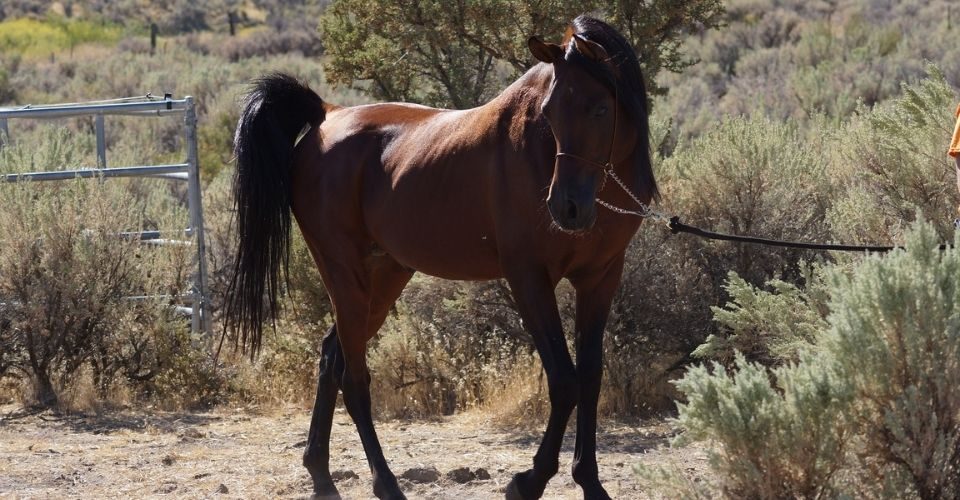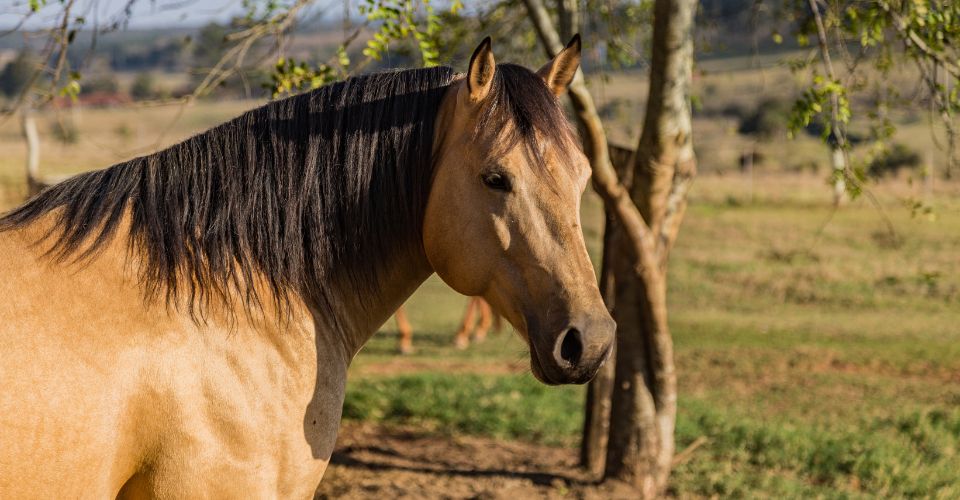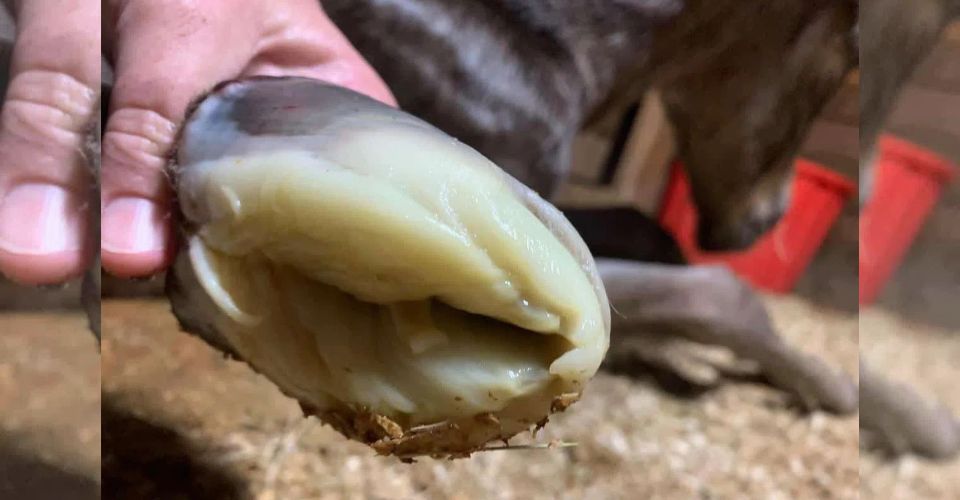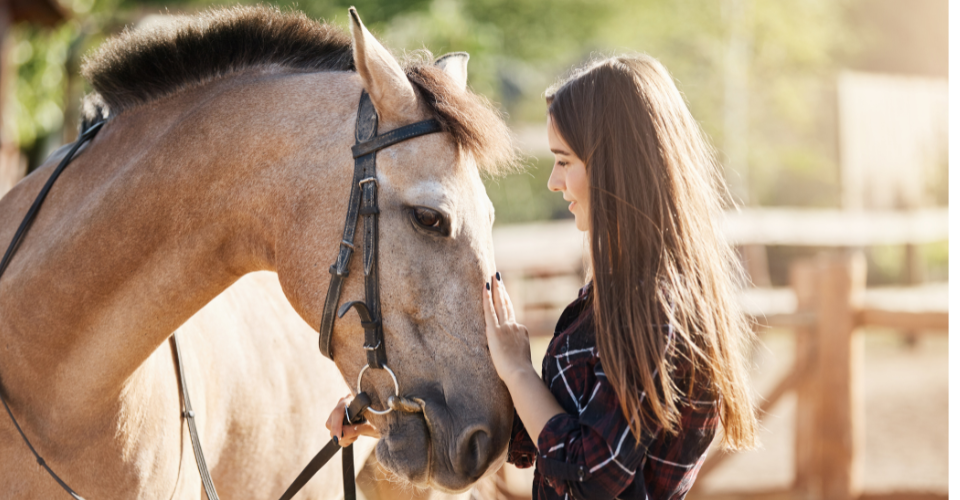What would 2,300 years old, ancient breeds of horses look like? Look no further than Persian horses!
What first comes to your mind when you read ‘Persian Horses’? The majestic and powerful ancient Persian empire whose influence stretched from India in the East to Egypt in the west and Turkey in the north? While Persian civilization has much to its name, one of the things this land is—and will be—known for is its horses, known as Persian horses.
Having the unique abilities of fastest speed, fascinating beauty, enduring stamina, unwavering loyalty, and a well-disciplined breed, all these horses originated not exactly in modern-day Iran but also in other lands which were under Persia’s rule.
For those interested in athletic and loyal breeds of horses, below, we discuss 7 native Persian horse breeds.
Are All the Persian Breeds Extinct—or Extant?
With time, most of the breeds that originated in Persia are lost. That said, some of the Persian horse breeds are still in existence as the tribal Persians in Tajikistan and Afghanistan are still breeding them.
Existing Persian Horses
By now, 7 breeds of Persian horses exist all around the world. However, most of the breeds are preserved in modern-day Middle Eastern countries. Here are the types and fascinating facts about Persian horses.
Turkmen Horse
Turkmen, also known as ‘Turkoman or Turkmenian Horses,’ originated in the desert of Turkoman. Horse breeders worked tirelessly to preserve this breed of Persian horse as it was on the verge of extinction. These Persian horses are athletic and racing horses as they have slim straight bodies with strong joints, long muscular legs, and tough feet.
Turkmen is one of the toughest breeds in the equine world. They were used for guarding purposes in the past. Turkmen horse is also one of the most versatile and well-rounded breeds among the Persian horses.
Interesting Fact:
While original Turkmen horses have gone extinct, their modern descendant ‘Akhal-Teke’ exists and is well-known for its muscular features.
Key Features
Country of Origin: Turkmenistan
Height: 15 – 16 hands high
Color: Gray, bay, palomino, roan, chestnut, and Black
Life span: 25 – 30 years
Weight: 750 to 1000 pounds
Speed: 40 km/h
Behavior: Loyal, brave, and adaptable
Asil
Asil horses are also known as Asil Arabian. They are the purest horses that were bred by ancient Persian tribes without any crossbreeding of non-Arab horses. Asil horses are considered as part of the families and heritage of the Iranian people. These Persian horses are sturdy, intelligent, and composed while having small heads with fine thin legs.
Asil horses were intended to be warhorses as well as horses that would bring material and spiritual gain to the owner. After their demand for military purposes declined, Asil Arabian horses are now used by horse enthusiasts for racing purposes.
When these horses were exactly bred is lost to history. But rock cravings of horses suggest that these horses existed around 5,000 years ago!
Interesting Fact:
Asil Arabian horses are the purest Persian breed.
Key Features
Country of Origin: Persia
Height: 14.3 – 15 hands high
Color: Bay, Chestnut & Gray
Life span: 25 – 30 years
Weight: 700 to 1,000 pounds
Speed: Well-tempered & friendly
Kurd Horse
Also known as Persian Kurdish horses, Kurd horses owe their origin to Persia. These Persian horses are an important part of the Kurdish culture and heritage. “Historical literature chronicles a developmental history of more than 2500 years for Kurdish horses, relating them to an ancient, now-extinct population of horses called ‘Nesayee,’” writes Navid Yousefi et al. in their study.
Kurd horses are athletic horses suitable for Polo and dressage as they have strong necks and muscular bodies. These purest genetic horses are alert and trainable horses. Persian Kurdish is a well-known breed, best for mountain riding and dressage gaits.
Interesting Fact:
Persian Kurd horses are best well-known for their ability to resist harsh environmental conditions and also for their agility.
Key Features
Country of Origin:Iran
Height: 13.8 to 15.2 hands high
Color: Black, gray, and brown (basic)
Life span: Alerted and trainable
Caspian
Caspian horse originated in what is today called northern Iran. This Persian horse breed was considered extinct; however, in 1965, small numbers of Caspian horses were rediscovered in the remote villages of the Elbruz region around the shores of the Caspian sea. From there, an Iranian aristocrat couple, Narcy Firouz and his American-born wife, Louise Laylin Firouz, took the responsibility of catering to their preservation. Though the couple is no longer alive, thanks to their efforts, the population of these horses is growing. Today, there are over 750 horses left right now—a few in England, the U.S., and some in the Elbruz region.
Caspian horses are tough, nimble, and athletic and excel at driving and dressage. These Persian horses are even-tempered and calm, suitable mounts for beginners, even children. Caspian horses are small in size, but they are considered horses rather than ponies due to their proportioned appearance.
Interesting Fact:
Caspian horses are good jumpers despite having a small size.
Key Features
Country of Origin:Persia
Height: 10 to 12.2 hands high
Color: bay, grey, black, dun, or chestnut
Life span: 25 years
Weight: 1050 pounds
Behavior: Willing and kind
Tchenarani
Tchenarani horses are also known as ‘Chenaran horses.’ It is a rare breed of horses, developed 2000 years ago by crossing Turkoman horses and Persian Arabians. Today, few of these rarest horses remain in Iran. These Persian horses were used in the military, but now they are used for racing, riding, and show purposes. Chenaran horses are kind, lively, fast, and capable of carrying the load. Famed for racing, Tchenarani horses are frequently seen in racing competitions held in different parts of Iran.
Interesting Fact:
Chenaran horses are highly adaptable and can weather extreme climatic and mental conditions.
Key Features
Country of Origin:Persia
Height: 14.2 to 15.3 hands high
Color: Black and chestnut
Weight: Up to 1,000 pounds
Behavior: Highly adaptable and very calm
Darashouri
Darashouri horses originated in the mountainous region of the Zagros, Iran. This breed received its name from the tribe where it was bred. The origin of this breed is unknown but is thought to have come from Persian Arabian bloodlines. These Persian horses are intelligent, friendly, and muscular while having a tall height and wide chest. Darashouri horses are lightweight saddle horses with refined, silky coats. Also, it has a unique speed and is used for racing.
Interesting Fact:
Darashouri horses are the friendliest and docile horses among the Persian horses.
Key Features
Country of Origin:Persia
Height: 15 to 16 hands high
Color: Gray, bay, black, and chestnut
Weight: Light Weight
Behavior: Friendly and reliable
Bakhtiari
Bakhtiari horses were mainly bred by the Bakhtiari tribesmen in South Persia, owing their name to the tribe. Bakhtiaris were semi-nomadic people whose survival depended much on horses, as they had to travel long distances, carrying their belongings with themselves. They needed an all-in-one horse, best for long rides and carrying abilities.
Bakhtiari horses are tall and bold, with a broad chest and sturdy legs. They are adaptable and healthy horses, having excellent stamina. These horses have a unique ability to ride and race. What makes them stand out is their intelligence, making them easy to train and ride.
Interesting Fact:
Bakhtiari horses are the most adaptable horses of the Persian breed as they can adapt themselves to diverse climate conditions. The historic owner of a Bakhtiari horse always holds a gun rifle while riding his horse to show his possession.
Key Features
Country of Origin:Persia
Height: 14.3 hands high
Color: All colors
Weight: Light and average
Behavior: Bold and spirited
Are Persian Horses expensive?
Yes, Persian horses are expensive. They have a rich history and have been preserved with hard work throughout the centuries. Additionally, they are rare, making them expensive. Asil Arabian and Akhal Teke (Turkmen Horse) are among the most expensive horses in the world.





